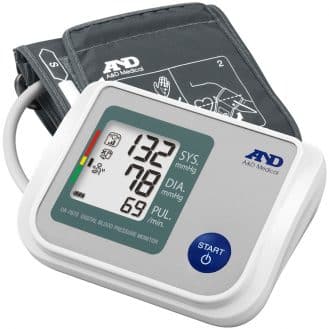A hip prosthesis is an implantable medical device consisting of three parts: a femoral stem, a femoral head and an acetabular cup. These three elements replace the damaged hip joint to restore mobility and relieve the patient’s pain.

A hip prosthesis is an implantable medical device consisting of three parts: a femoral stem, a femoral head and an acetabular cup. These three elements replace the damaged hip joint to restore mobility and relieve the patient’s pain.
A hip prosthesis consists of three main components:
Hip prostheses can be differentiated according to the materials used to make them. Currently, these materials are divided into three types:
The movable area between the femoral head and the cup forms what we call friction torque. It is the most fragile part of the prosthesis, particularly in terms of wear. There are four possible pairings:
Each friction pair has advantages and disadvantages, and it is up to the orthopedic surgeon to choose the most appropriate one based on several criteria such as the patient’s age, physical activity, bone specificity, etc.
It should be noted that, in general, the use of metal on metal implants is not recommended. Some of the companies that manufactured them decided in 2010/2011 to stop marketing them, and in the interests of patients, to recall those not being used. The problem stems from the friction between the different elements of the implant that can detach small metal particles that then enter the bloodstream. In the hip joint, these small particles can cause allergic reactions leading to localized pain and lesions.
As we saw in question 1, prostheses can be attached to the femur or acetabulum either by surgical cement or by secondary bone regrowth (non-cemented or press-fit technique). It is common to associate a cemented femoral stem with an uncemented cup.

Zimmer cemented hip prosthesis
The characteristics of each of these techniques are as follows:

DePuy Synthes uncemented prosthesis
In recent years, there has been an improvement in the lifespan of prostheses: the proportion of prostheses that are still functional after ten years of use is around 99% in patients under 50 years of age.
In older, and therefore more sedentary, patients, similar figures can also be observed.
Hip replacement is therefore still possible for patients of all ages.
The lifetime of the prosthesis mainly depends on the following factors:
In the latter case, it is important to note that the longevity of a prosthesis is very much due to its composition. The main advantages of the “hard-hard” pairing (when the femoral head and prosthetic cups are both made of metal or ceramic) are a very low wear rate and the ability to use wider femoral heads, which limits the risk of dislocation. It should be noted that with metal-metal and ceramic-ceramic pairings, there is a risk of dispersal of debris in the tissues surrounding the prosthesis (see question 2). Although ceramic-ceramic prostheses suffer less breakage and are more resistant to erosion caused by friction than metal-metal pairings, their use still calls for caution.
In addition to the risks inherent to any surgical intervention (anesthetic risks, nosocomial diseases), complications can occur:


